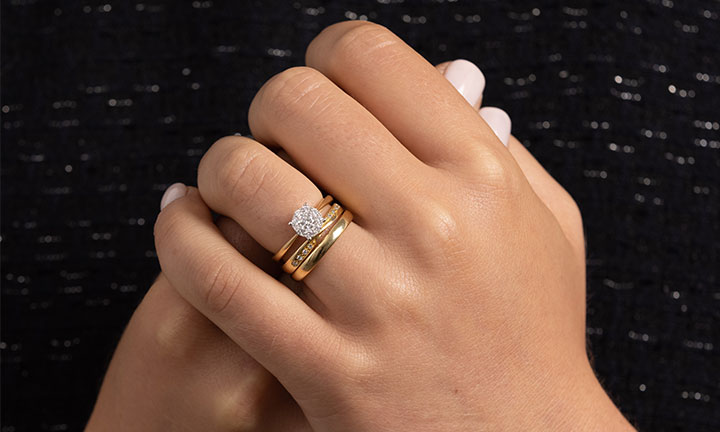Introduction
When it comes to luxury and elegance in jewelry, 18ct yellow gold stands out as a timeless choice. Its rich history, superior craftsmanship, and distinct allure have made it a beloved metal for centuries. Let’s delve deeper into what makes 18ct yellow gold a cherished material for jewelry enthusiasts and designers alike.
What is 18ct Yellow Gold?
Composition and Purity
18ct yellow gold, also known as 18 karat gold, consists of 75% pure gold mixed with 25% other metals, typically copper and silver. This alloy composition enhances its durability while retaining the luster and warmth that gold is known for.
Advantages Over Other Gold Alloys
Compared to lower karatages like 14ct gold, 18ct yellow gold offers a perfect balance of purity and strength. It is more resistant to tarnishing and scratches, making it ideal for everyday wear without compromising on quality.
History and Cultural Significance
Traditional Uses
Throughout history, 18ct yellow gold has been favored by royalty and nobility for its opulence and rarity. It has adorned crowns, ceremonial objects, and fine jewelry, symbolizing wealth, power, and prestige.
Symbolism and Meaning
In various cultures, 18ct yellow gold carries symbolic meanings of prosperity, success, and enduring beauty. It’s often used in significant life events such as weddings and anniversaries to signify lasting love and commitment.
Properties of 18ct Yellow Gold
Durability and Hardness
Thanks to its alloy composition, 18ct yellow gold is more durable and harder than higher karatages like 24ct gold. This makes it suitable for intricate jewelry designs that require strength and resilience.
Color and Luster
The vibrant yellow hue of 18ct gold, combined with its brilliant luster, gives jewelry a striking appearance that catches the eye and complements a wide range of gemstones and settings.
Manufacturing Process
Refining and Alloying
Producing 18ct yellow gold involves refining raw gold and carefully alloying it with precise amounts of copper and silver to achieve the desired karatage and color consistency.
Forming and Shaping
Craftsmen mold 18ct yellow gold into various forms using traditional techniques like casting and hand forging, ensuring each piece of jewelry is crafted with meticulous attention to detail.
Comparing 18ct Yellow Gold with Other Gold Alloys
18ct vs. 24ct Gold
Unlike 24ct gold, which is almost pure gold and softer in texture, 18ct yellow gold offers enhanced durability and longevity while maintaining a luxurious appearance.
18ct vs. 14ct Gold
Compared to 14ct gold, which contains 58.3% pure gold, 18ct yellow gold is more radiant and valuable, making it a preferred choice for high-end jewelry pieces and luxury items.
Ethical Sourcing Practices
Many jewelers now prioritize ethical sourcing of materials, including 18ct yellow gold, by supporting responsible mining practices and promoting transparency in their supply chains.
Recycling and Reuse
Recycling initiatives in the jewelry industry aim to reduce environmental impact by reclaiming and repurposing 18ct yellow gold, promoting sustainability and minimizing waste.
Future Trends in 18ct Yellow Gold
Fashion and Design Trends
As fashion evolves, expect to see 18ct yellow gold jewelry adapting to contemporary styles and preferences, blending traditional craftsmanship with innovative design concepts.
Technological Advancements
Advancements in jewelry-making technology will continue to refine the precision and intricacy of 18ct yellow gold pieces, offering new possibilities for creativity and customization.
Conclusion
In conclusion, 18ct yellow gold remains a symbol of luxury, craftsmanship, and enduring beauty in the world of jewelry. Whether as an investment piece or a sentimental gift, its timeless appeal and intrinsic value make it a treasured choice for generations to come. Embrace the allure of 18ct yellow gold and indulge in its timeless elegance today.

